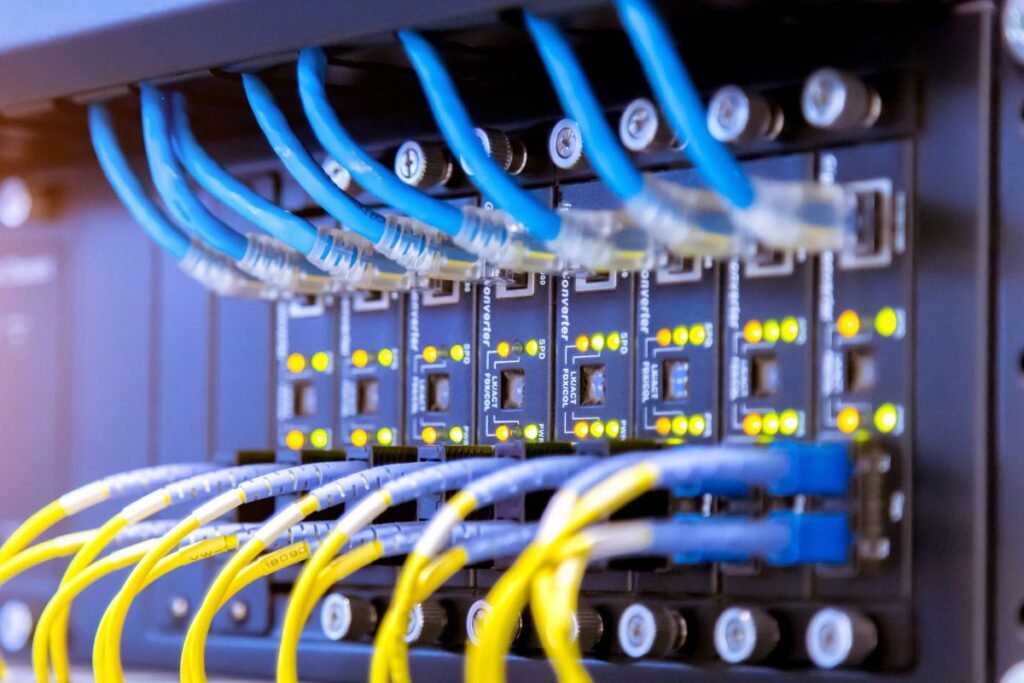Audio and video (AV) visualization systems are integral components of modern communication and entertainment, used extensively in homes, businesses, educational institutions, and public venues. These systems enhance experiences by delivering high-quality audio and visual content, supporting everything from conference calls to cinematic presentations. This detailed article explores the essential elements, types of equipment, installation procedures, standards, and best practices for audio and video visualization installation.
Understanding Audio and Video Visualization
Audio and video visualization systems encompass a range of equipment and technologies designed to capture, transmit, and display sound and images. The primary goal is to create immersive experiences that are both engaging and informative. These systems include projectors, displays, speakers, amplifiers, microphones, and various control devices, all of which must be properly installed and configured to function optimally.
Installing audio and video visualization systems involves careful planning, selecting the right equipment, and adhering to best practices to ensure optimal performance. This process includes mounting displays and speakers, running and concealing cables, and configuring settings for seamless integration. Adhering to industry standards and considering factors like room acoustics and lighting conditions are crucial. Regular maintenance and future-proofing the system with scalable components can enhance longevity and reliability. Properly installed AV systems significantly improve communication and entertainment experiences in various settings, from homes to corporate environments.

Types of Equipment
-
Displays and Projectors: Central to any AV system, displays and projectors come in various forms including LED, LCD, OLED screens, and different types of projectors (LCD, DLP, LCoS). The choice depends on the intended use, venue size, and desired image quality.
-
Speakers and Sound Systems: Audio quality is critical for effective communication and entertainment. Systems range from basic stereo setups to complex multi-channel configurations (5.1, 7.1, Dolby Atmos) that provide surround sound experiences.
-
Microphones: Microphones capture sound for amplification or recording. Options include wired and wireless, handheld, lapel, and boundary microphones, each suited to different environments and applications.
-
Amplifiers and Receivers: These devices amplify audio signals to drive speakers and manage inputs from various audio sources, ensuring clear and powerful sound output.
-
Cabling and Connectivity: Reliable connections are essential for transmitting audio and video signals. HDMI, DisplayPort, RCA, XLR, and optical cables are commonly used, along with wireless solutions for certain applications.
-
Control Systems: Integrated control systems manage various AV components, often through a single interface. These systems can include remote controls, wall panels, and software applications, enabling seamless operation.
Installation Procedures
-
Planning and Design: Effective installation begins with detailed planning and design. This involves assessing the space, understanding user requirements, and creating a system layout that ensures optimal audio and video performance. Factors such as room acoustics, lighting conditions, and viewing angles must be considered.
-
Equipment Selection: Based on the design plan, select equipment that meets the desired specifications. Ensure compatibility between different components and consider future-proofing by choosing scalable and upgradable options.
-
Site Preparation: Prepare the installation site by ensuring it is clean, accessible, and free from obstructions. This may involve structural modifications to support mounting equipment and running cables.
-
Mounting and Installation: Install displays and projectors securely, ensuring they are aligned correctly for optimal viewing. Mount speakers at appropriate locations to achieve balanced sound distribution. Properly run and conceal cables to maintain a neat and professional appearance.
-
Connectivity and Configuration: Connect all equipment according to the design plan. This includes linking sources to displays, routing audio signals to speakers, and integrating control systems. Configure settings on each device to ensure they work harmoniously, adjusting parameters such as resolution, aspect ratio, audio levels, and signal routing.
-
Testing and Calibration: Once installed, thoroughly test the system to ensure all components function correctly. Calibrate displays for color accuracy and brightness, and adjust audio settings for clarity and balance. Use test patterns and audio tracks to fine-tune the system.
-
Documentation and Training: Document the installation process, including diagrams, connection details, and configuration settings. Provide training to users on operating the system, covering basic functions and troubleshooting tips.
Standards and Compliance
Adhering to industry standards ensures the reliability and safety of AV installations. Key standards include:
- HDMI and DisplayPort Standards: These define the specifications for transmitting high-definition video and audio signals, ensuring compatibility and performance across devices.
- Audio Engineering Society (AES) Standards: AES standards cover various aspects of audio technology, including digital and analog signal transmission, microphone design, and loudspeaker performance.
- Safety Regulations: Compliance with electrical and building codes is essential to ensure the safe installation of AV systems. This includes proper grounding, cable management, and mounting techniques.
Best Practices
-
Future-Proofing: Install scalable systems that can accommodate future upgrades. For instance, using higher-capacity cables and connectors can support emerging technologies and increased data rates.
-
Proper Cable Management: Organize and label cables to simplify maintenance and troubleshooting. Use cable management solutions such as raceways, conduits, and Velcro ties to keep cables tidy and protected.
-
Acoustic Treatment: Address room acoustics to enhance audio quality. This can include installing acoustic panels, bass traps, and diffusers to control sound reflections and absorb unwanted noise.
-
Lighting Considerations: Ensure that lighting conditions do not adversely affect video quality. This may involve controlling ambient light with curtains or shades, and using dedicated lighting solutions to enhance visibility and image clarity.
-
Regular Maintenance and Updates: Perform regular maintenance to keep the system in optimal condition. This includes cleaning equipment, updating firmware, and checking connections. Schedule periodic reviews to assess performance and make necessary adjustments.
Conclusion
Installing audio and video visualization systems requires meticulous planning, careful selection of equipment, and adherence to best practices. Whether for a home theater, corporate boardroom, educational facility, or public venue, a well-installed AV system enhances communication and entertainment experiences. By following industry standards, ensuring proper installation techniques, and incorporating future-proofing strategies, you can create a reliable and high-performing AV environment. Investing in quality components and professional installation services further ensures the longevity and effectiveness of your audio and video visualization system.




